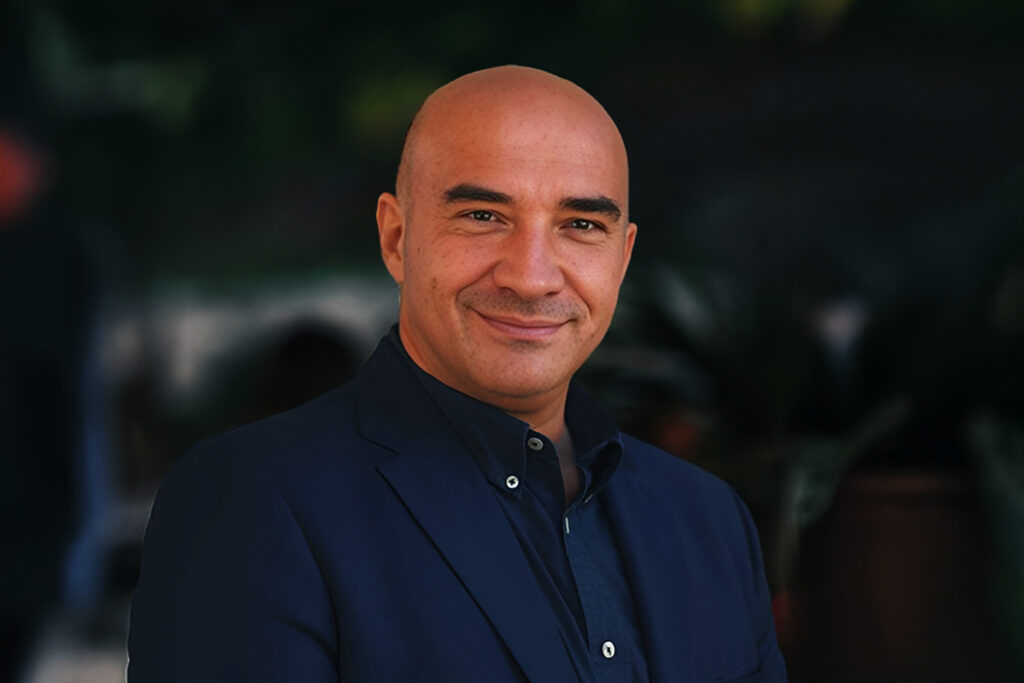GlycanAge’s Gordan Lauc on individuality, biology’s hidden signatures, and why epigenetic clocks may redefine how we measure aging.
The Global Longevity Summit 2025, hosted by A4M, will bring together researchers, clinicians and entrepreneurs in Geneva next month to debate how emerging science can be applied in practice. Central to the agenda are questions of measurement – how we assess biological aging, how we translate these tools into clinics and how individual variation can guide more effective interventions. The meeting also reflects a wider shift in healthcare, as policy makers and practitioners begin to confront the societal and economic challenges of an aging population.
Among the speakers is Gordan Lauc, co-founder of GlycanAge and Professor of Biochemistry and Molecular Biology at the University of Zagreb. His pioneering work in glycobiology has helped to show how glycan signatures can reveal biological age and illuminate the hidden variation between individuals – a perspective that challenges medicine’s reliance on averages and emphasizes the need for personalized approaches.
At the Summit he will deliver a presentation, Mastering the Aging Clock – The Science of Longevity, charting the development of epigenetic clocks from early iterations to contemporary AI-driven models. The session will highlight their utility in tracking biological aging, assessing disease risk and evaluating the impact of interventions aimed at rejuvenation. This will be followed by a moderated fireside exchange before Lauc joins Jennifer Pearlman MD, Joseph Raffaele MD and Steven Horvath PhD for a panel on epigenetics and biological clocks – a discussion that will consider both scientific consensus and the practical realities of applying biological age measures in clinics and research settings.
Longevity.Technology: The debate on biological clocks reveals medicine’s preference for universals colliding with biology’s refusal to conform. We may long for a single test, a single score, a single pill, but human variability will not oblige – the opportunity lies in embracing precision rather than perfection, allowing interventions to be judged by how well they suit the individual rather than the average. Longevity science, if it is to succeed, must learn to balance aspiration, evidence and individuality. In this spirit, Gordan Lauc argues against the search for a single definitive measure of aging, urging instead that tools such as glycan profiles and epigenetic clocks be developed to diagnostic standards so they can guide physicians in practice. His emphasis on diversity is less a counsel of despair than a reminder that personalization is not optional – it is the only realistic route forward.
Gordan Lauc on…
Personalized medicine not population averages
Whatever intervention you do, some people will move in one direction and others in the opposite. This is because glycans make us diverse – they are what allow us to adapt to change – but it also means that if we try to identify what is good for everybody, we will never succeed. There is no drug, no diet, no physical activity that benefits everyone; besides maybe walking, which is probably good for most people. That is why the real value lies in translating tests into clinics, where individual physicians can try an approach with individual patients and see whether it helps or not.
Beyond the single test
I don’t believe we will ever have a single test for aging – and nor should we. Aging and biology are simply too complicated. What we need instead is to raise the bar to diagnostic level, meaning we must have clinical evidence and analytical methods that are sufficiently robust to generate reliable data. At the moment, analytical performance is not always validated or controlled, and that is a problem. But once we reach the point where these measures are reliable, more clinics will use them to guide lifestyle or pharmacological interventions. That, I think, is the key step forward.
Genes are not the full story
Whole genome sequencing is already in clinics and it tells us something about our health risks, but genes only define perhaps ten or twenty percent of longevity and thirty percent of complex diseases. Genetics will never solve everything. What really matters are the layers beyond DNA – epigenetics, which reflects our past experiences, even prenatal life, and glycosylation, the molecules that change in response to our biology. The combination of these data will make true personalization possible. It may even allow us to revisit drugs once abandoned, like metformin, which helps only five to ten percent of people but can be transformative for those individuals if we can identify them.
Healthy lifespan as societal necessity
Most countries are now losing population; very few parts of the world are still expanding. That means we will have to prolong healthy lifespan, because otherwise there will simply be nobody left to work when people retire. Europe already depends on immigrants, but when the whole planet faces population decline, the challenge will be universal. Perhaps robots will help, but the first priority must be enabling people to live healthier for longer. On paper, prevention is already a stated priority in healthcare systems – yet in practice, very little is done, because keeping people well is not profitable. Pharma wants patients sick for longer, not healthy for longer, and that is the contradiction we must overcome.
Hear more from Gordan Lauc on why aging will never be captured by a single test and how tools such as glycans and epigenetic clocks can guide personalized medicine at the Global Longevity Summit, Geneva, 28–30 October 2025. Explore the science of biological clocks and their practical role in clinics and research – click HERE to find out more.

